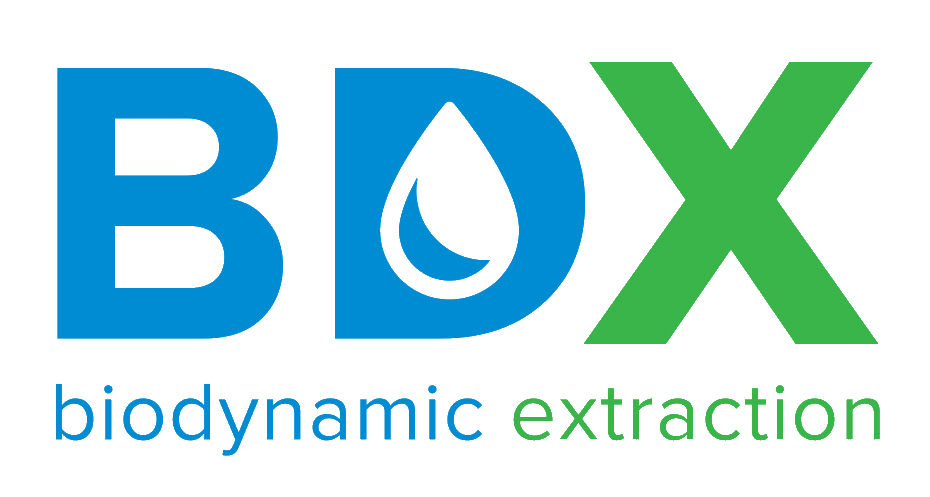CBD Extraction Explained
How do you find a good extractor?
To some, the method of extraction may just seem like semantics. I mean CBD is CBD is CBD, right? Well, that's not entirely true. Different methods of extraction can produce highly different end products with varying impacts on your or your consumer’s health. For that reason, it is important to ask ingredients suppliers how their ingredients are extracted and know the implications of their answers. In this article, we will go through what you need to know on the topic!
Start with U.S. hemp
“Plant extract is only as good as the plant it is extracted from.” It is important to be mindful of where your chosen extraction company gets their hemp biomass because some hemp sources can be contaminated with toxic chemicals such as pesticides, or contain a bevy of undesirable chemicals or heavy metals. Further, because of a lack of regulation, some extractors do not test for all the contaminants that they should.
With that in mind, it is extremely important to work with an extractor that you trust. Preferably, find one that only extracts CBD ingredients from organically grown hemp from the USA.
Extraction: The Two Main Methods
1. Solvent:
Solvent extraction involves the use of a solvent, usually ethanol, butane, propane, or isopropyl, to extract CBD. This process uses the solvent to strip plant extracts, waxes, fats, cannabinoids, and chlorophyll — which give some products a bitter taste, from the biomass.
To begin the liquid solvent process, flowers and plant trimmings are put into a container. Then the solvent is soaked or run through the material, stripping it of the cannabinoids. Then the evaporation process leaves the concentrated cannabinoids in an oil form.
It is one of the least expensive, fastest, and easiest extraction methods. It is also, however, one of the most dangerous due to the highly flammable contents. Besides being an extremely dangerous process, the downside is that the solvent residue can be toxic if they are not completely eliminated during the evaporation step. Some studies have found traces of naphtha hydrocarbons or petroleum residue in CBD products that have been extracted using solvents.
2. Supercritical CO2 Extraction:
As the CBD industry evolves, there is a movement away from solvent extraction toward CO2 extraction because it is safer, cleaner and more efficient. Final products extracted using this method are more potent, chlorophyll-free, and less likely to have the contaminants seen using other methods.
Typically, the CO2 extraction process is done by using a “closed-loop extractor.” The machine contains three chambers. The first one holds CO2; the second chamber has dried hemp plant material in it; the final chamber separates the resulting product.
From the first chamber, CO2 is pumped into the second chamber, which takes on the form of supercritical CO2 — between a gas and liquid state. The supercritical CO2 then runs through the materials and extracts the cannabinoids. It’s then pumped into the final chamber where the CO2 rises to the top. This leaves the extract at the bottom, isolated from the CO2.
The only downfall to CO2 extraction is that it is a big investment for CBD producers. Many premium CBD producers (including BioDynamic Extraction) are willing to use this method because it delivers a much safer and higher quality product to their consumers.
So, what is best?
CO2 Extraction! It consistently produces the highest quality cannabinoids and is one of the safest extraction methods, leaving behind no toxic residue.

